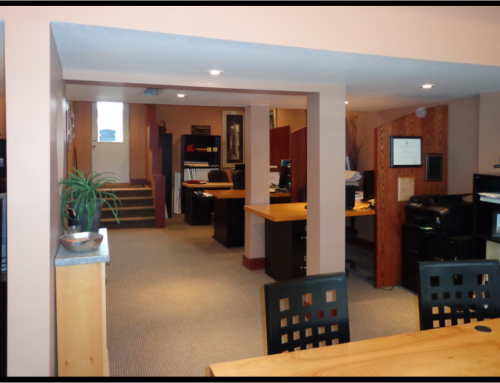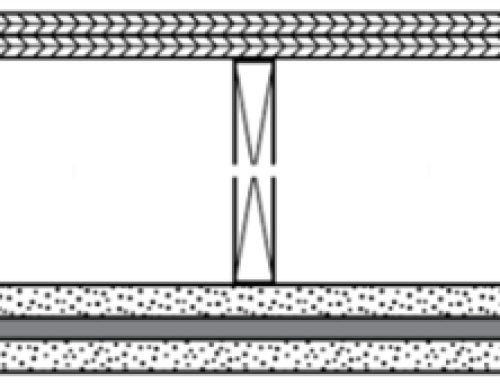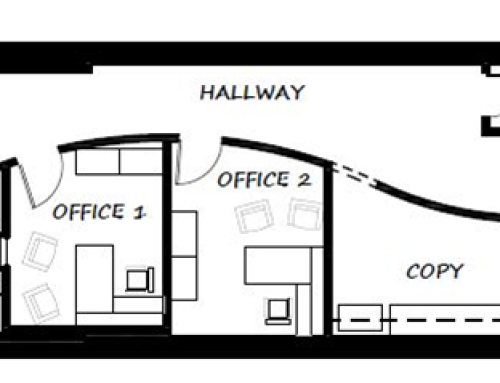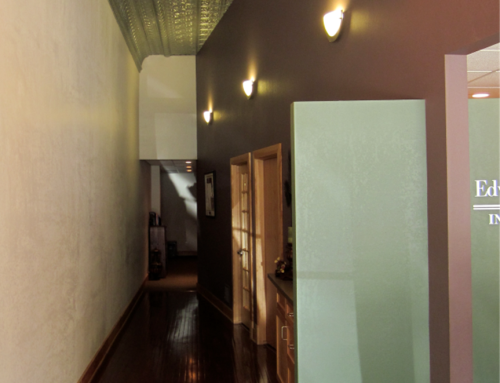Drywall Finish Textures
“Stay Inside the Box and Don’t Venture on This One”
Historically, wall textures were simple and didn’t shout. I happen to agree on this statement, even today. I think there are many other solutions to highlight a wall than providing a drywall texture. Remember our old walls were made of lath and plaster. The final surface was either smooth or a gritty sand texture. Because we use sheets of drywall and mud the joints, our solutions have become standardized. Our main objective is to hide the joint the best we can and move on to the next project., hence, throw a little texture spray over the entire area so we can hide the imperfections and mistakes.
Architects usually specify a level of finish expected on the surface of the wall. A level 1 is a very low grade and a level 5 is a complete skim coat of mud on the entire wall over multiple applications, drying times, and sandings. When I specify a level 4 smooth texture, I often get a little less than that. It takes a very good drywall contractor to achieve a level 5. I prefer a smooth wall if I can achieve it; however, if a full level 5 is not achieved, after painting the surface of the bare drywall will often show a dull, fuzzy reflection in the light. The mudded areas tend to be shinier. If you are a stickler for details, you need to be aware of this. If I have a very good drywaller on the job, it’s smooth all the way. Most of the time, I am okay with a couple standard finishes.

Knockdown (Left) Orange Peel (Right)
I am sure you have heard of them – the “Orange Peel” (just like the name, looks like the outside of an orange) or the “Knockdown.” The knockdown is the same process as the orange peel, but after a few minutes of drying, the contractor takes a trowel and lightly goes over the surface to flatten it out. See the pictures to the right.
My advice relative to drywall finishes is to apply the lightest texture you can in order to hide the imperfections on the wall. The sample with the trowel is way too heavy for my taste. The other two samples, are properly done. I mentioned the sand texture. I have tried adding very fine sand to my paint, but I am always unhappy with the outcome, mostly due to the inconsistency of the amount of sand as it is applied to the wall. One would think it’s all about mixing it really well, which, maybe it is, but as a do-it-yourself painter, know that you may have differing amounts of sand one the wall. I don’t think this is a bad look, it just never turns out as I imagine.
wall. The sample with the trowel is way too heavy for my taste. The other two samples, are properly done. I mentioned the sand texture. I have tried adding very fine sand to my paint, but I am always unhappy with the outcome, mostly due to the inconsistency of the amount of sand as it is applied to the wall. One would think it’s all about mixing it really well, which, maybe it is, but as a do-it-yourself painter, know that you may have differing amounts of sand one the wall. I don’t think this is a bad look, it just never turns out as I imagine.





